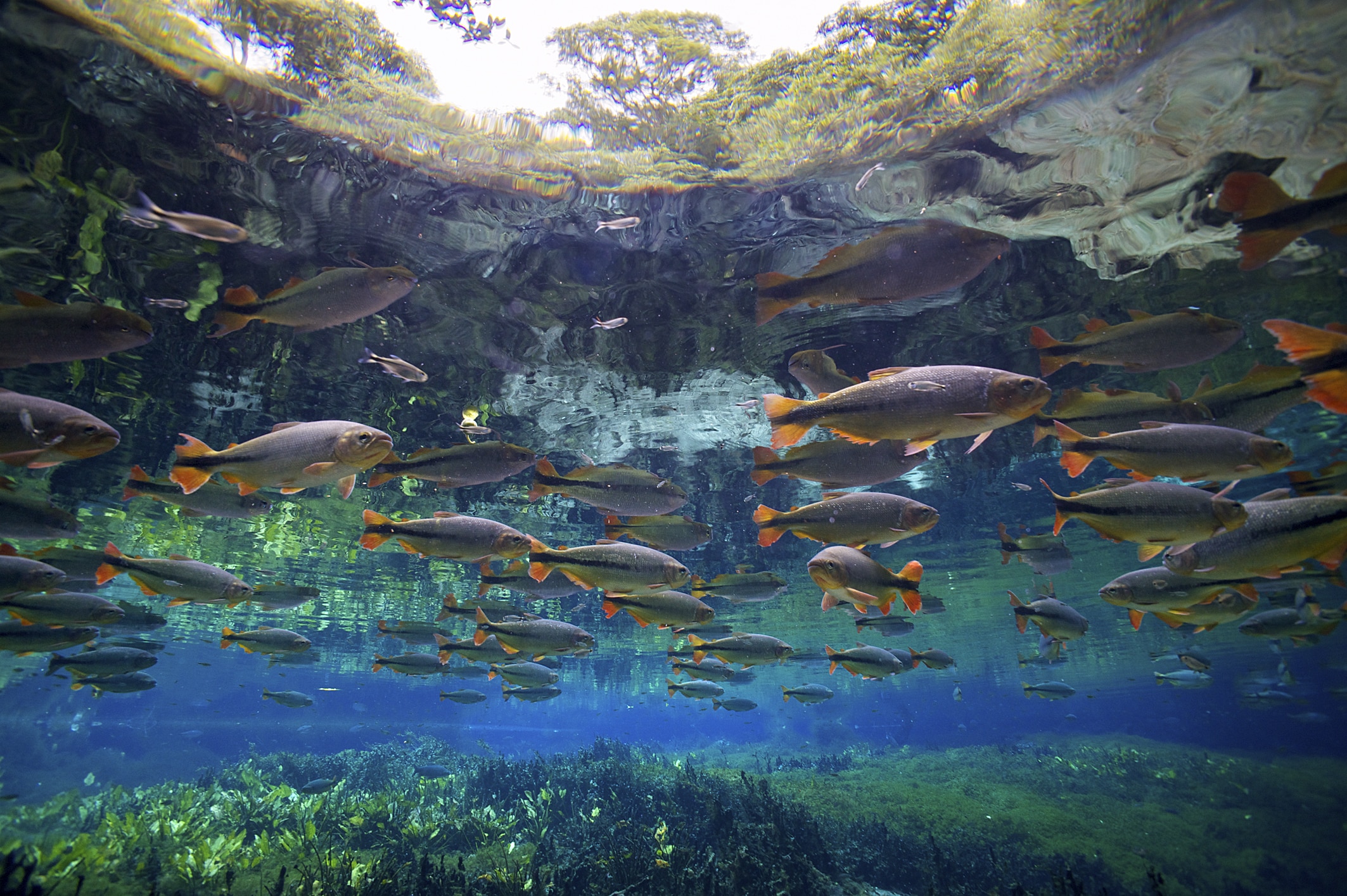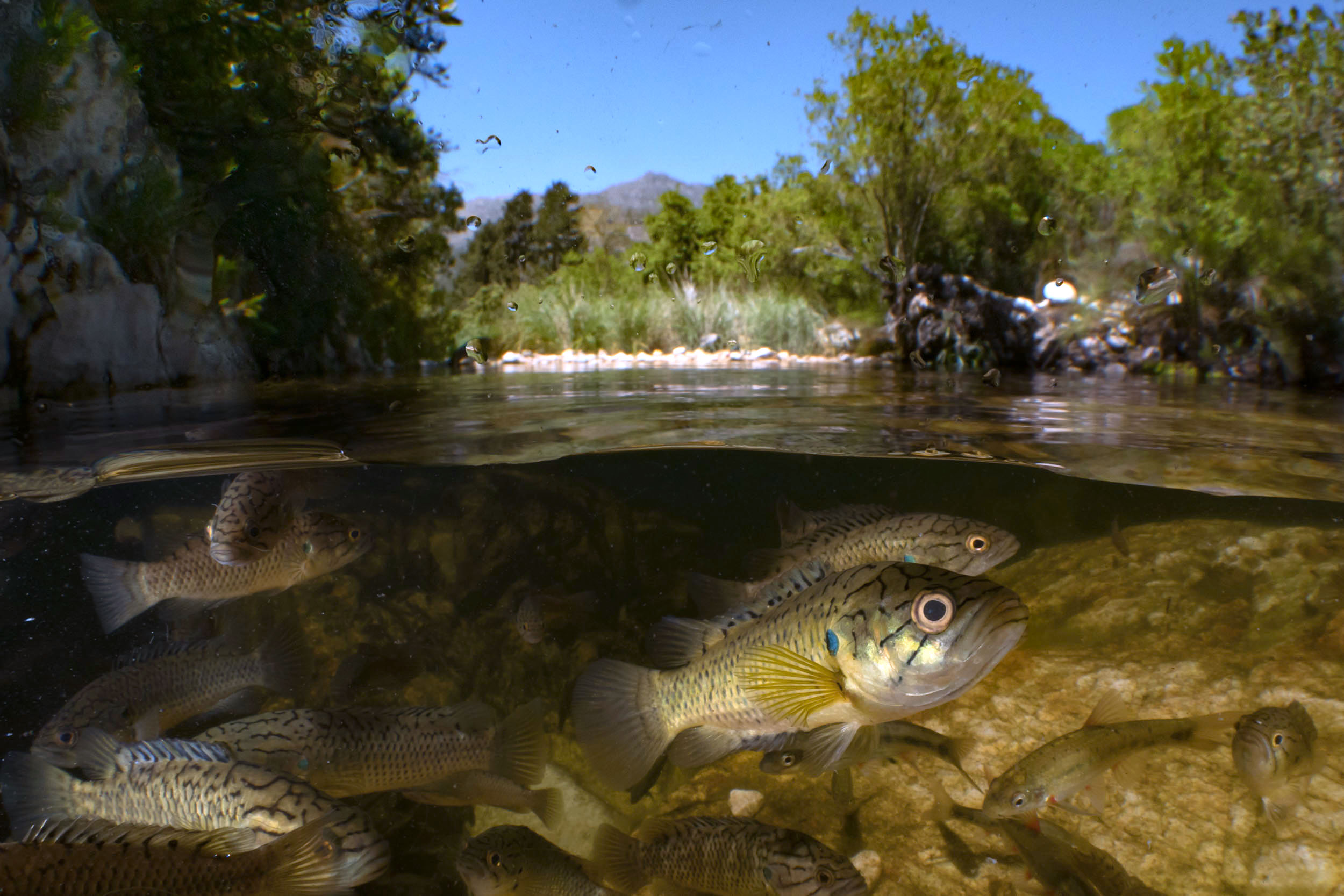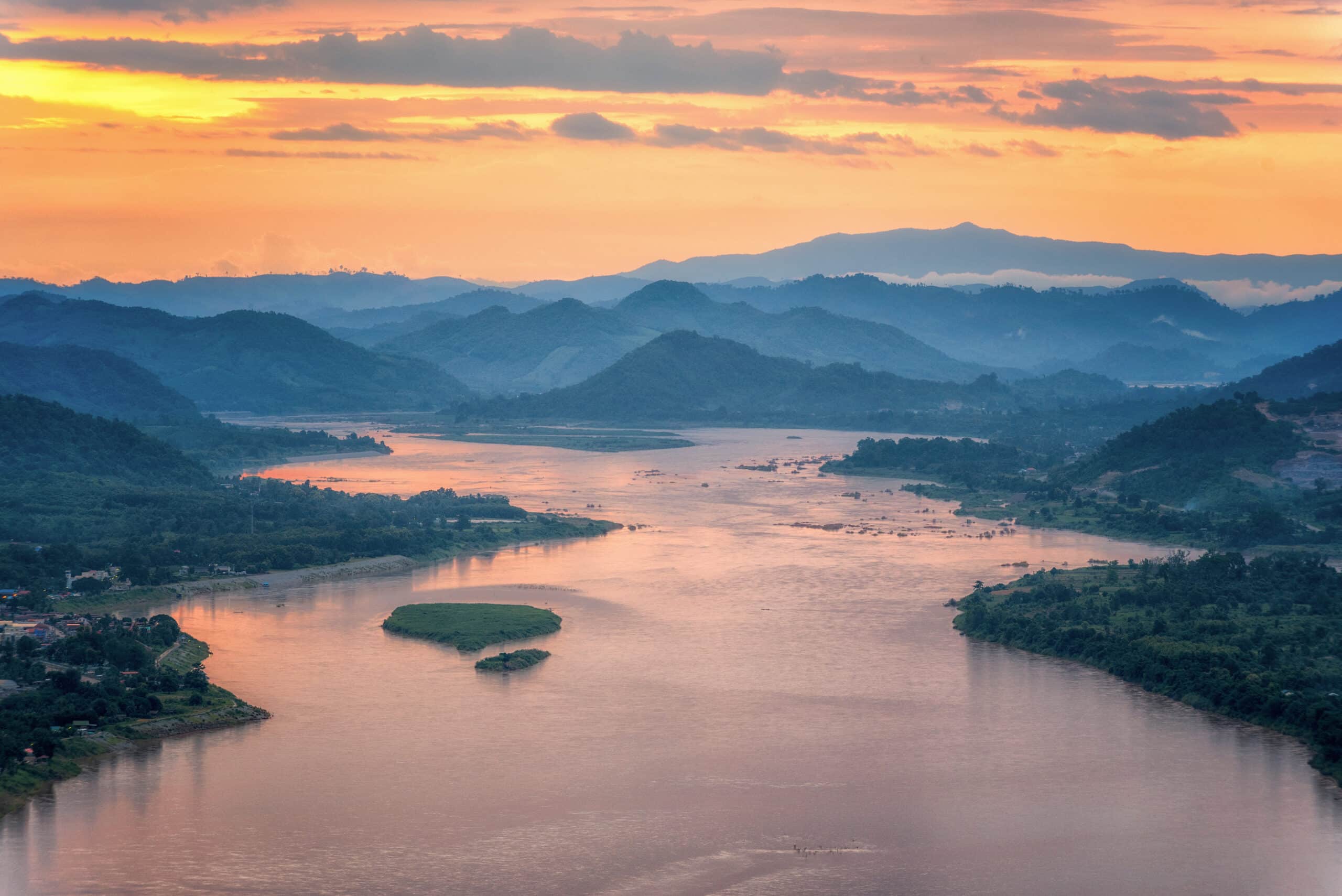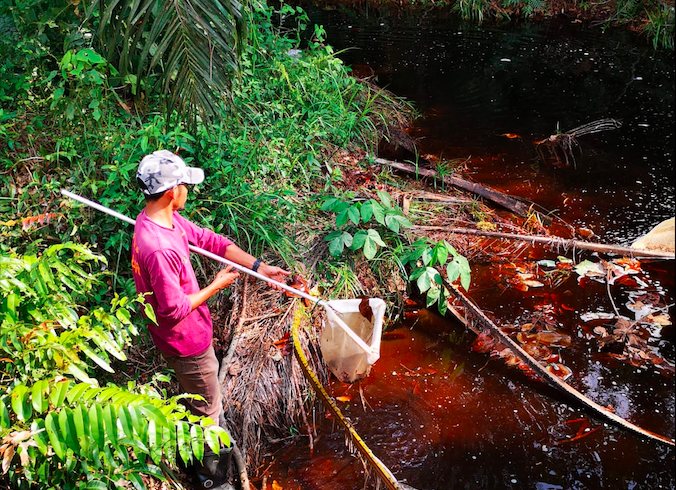by Mike Baltzer
In March this year, Shoal initiated a workshop with partners and experts to initiate immediate conservation action for one the most threatened group of fish species in the world.
Most of us are now familiar with forest fires in Southeast Asia. We have seen disturbing images of orangutans desperately looking for a haven to flee to and seen cities, like Singapore, choking on smoke drifting in from the forests of Indonesia and Malaysia. In most cases, these fires are burning ancient deep lowland peat swamp forests and many are derived from land clearance for crops such as palm oil. But what is often overlooked is that this destructive land clearance is driving a set of fish species rapidly towards extinction.
Peat swamp fishes are also known broadly as blackwater fishes. This refers to the dark tea coloured water that flows through peat swamps. These highly acidic and nutrient poor streams support a unique set of species adapted to these specialised conditions. The fishes are often small and intensely beautiful. Those with startling colours has led to a great deal of popularity with aquarium hobbyists such as the genera Betta, Parosphromenus, and Rasbora. These peat swamp fishes are now one of the most threatened group of fishes in Southeast Asia.
In fact, conservation attention to this group of fishes has been raised recently by some concerned aquarists. The Parosphromenus Project, originating in Germany, is an initiative led by aquarists that keep and breed this amazing genus. Set up originally to share knowledge on how to keep these species, the Project became more focused on ensuring a robust collection of species in their homes but also helping to secure the species in the wild.
More recently, the IUCN Asian Species Action Programme with Singapore Zoo (Wildlife Reserves Singapore) have been drumming up action for the most threatened (those categorised as Critically Endangered under the IUCN Red List) species of fishes in Southeast Asia. Shoal is now helping these partners to create an action plan and it has simultaneously been decided to initiate immediate conservation action for the peat swamp species already recognised as an urgent priority.
Sampling at North Selangor Peat Swamp Forest Reserve with the Global Environment Centre team and experts in peat swamp fishes.
Despite the work of the Parosphromenus Project and a small number of taxonomists, new species are being added to the Parosphromenus genus and their status, along with many other of peat swamp fishes is still poorly understood.
Only about 7mm in length Paedocypris progenetica is one good example of this. Discovered in 1996 in a peat swamp in Sumatra, it is the world’s smallest fish, in fact the world’s smallest vertebrate. Since this remarkable discovery a number of other new species of this genera have been found and more are waiting to be described. They were probably overlooked as fry until a pregnant female indicated that this was the really its fully mature size.
On 5 and 6 February 2020, a group of experts met in Malaysia to draw up an action plan for endangered peat swamp fishes in Malaysia. The meeting was hosted by Monash University Malaysia (MUM) and Global Environment Centre (GEC), facilitated by Mike Baltzer from Shoal. It included Wentian Shi from the Parosphromenus Project and other experts such as Dr Casey Ng, Amiruddin Ahmad and Ella Michael Dosi and Mohamad Sufiyan bin Salmi from the Malaysian Ministry of Fisheries. The meeting was rapidly pulled together with limited funding and just as the outbreak of coronavirus was known. Support was provided by Wildlife Reserves Singapore and most of the participants covered their own time and costs to attend the meeting.
On Day One, the group met at the Global Environment Centre field office at the North Selangor Peat Swamp Forest Reserve (NSPSFR) and was briefed by their CEO, Faizal Parish and his team. On day two, a workshop was held at the MUM campus in Selangor led by Dr Holly Barclay to gather the information and devise a plan.
During the workshop, the experts discussed which species should be considered as conservation priorities and peat swamp specialists, the location of the habitats these species rely on and the actions required to save them from extinction. A plan has been drafted and will be worked on further as more information is obtained. The next step is to design and fund the most urgent projects. Three areas, including a section of forest adjacent to the NSPSFR but threatened by oil palm expansion, were identified as the highest priorities for urgent action. The team also noted that more information is required on the status and distribution of peat swamps and threatened species in Sabah and Sarawak (Malaysian Borneo). The participants also agreed to form a working group and aim to discuss and meet regularly to update the action plan and most critically to initiate action. Experts and interested parties are invited to join the group.
It is hoped to undertake a similar process for peat swamp species in Indonesia as soon as possible.
For further information, please contact Mike Baltzer at Shoal mike@shoal.org.uk
Sampling at North Selangor Peat Swamp Forest Reserve, Parosphromenus alfredi (Haji Banaruddin) and the workshop at Monash University Malaysia


)
)
)

)